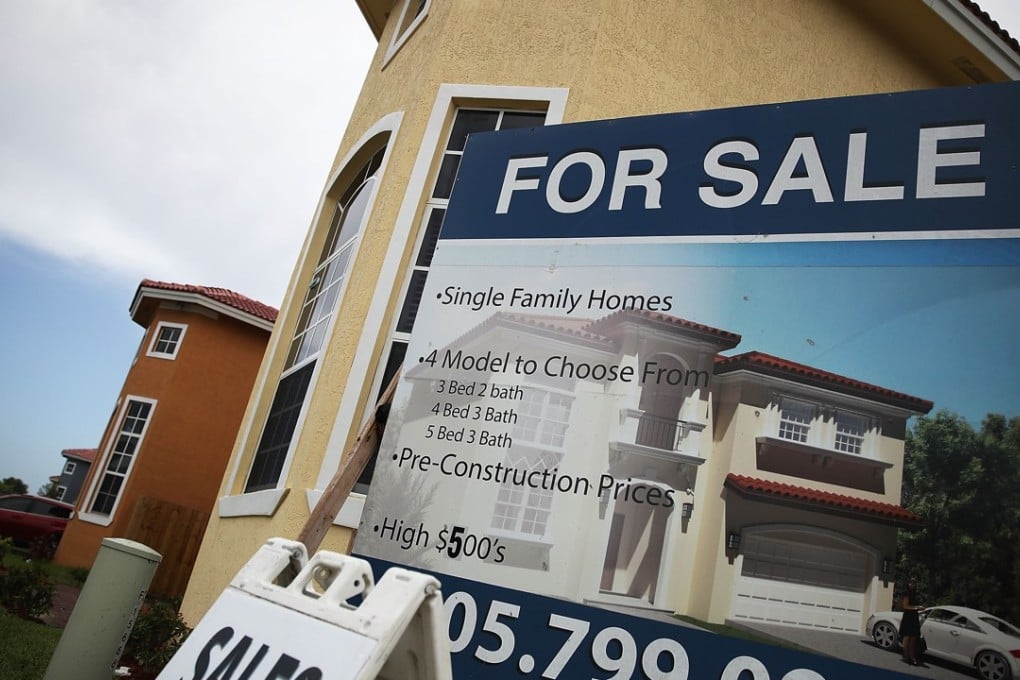US home sales in September fall for sixth straight month to slowest pace in three years
Prices and supply of homes are rising, while buyer traffic has declined, according to the National Association of Realtors

US home sales fell for the sixth straight month in September, a sign that housing has increasingly become a weak spot for the economy.
The National Association of Realtors said Friday that sales declined 3.4 per cent last month, the biggest drop in two and a half years, to a seasonally adjusted annual rate of 5.15 million. That is the lowest sales pace since November 2015.
Hurricane Florence dragged sales in North Carolina, but even excluding the storm’s effects, sales would have fallen more than 2 per cent, the NAR said. After reaching the highest level in a decade last year, sales of existing homes have declined steadily in 2018 amid rapid price increases, higher mortgage rates and a tight supply of available houses.
Still, analysts are mostly optimistic about the broader economy. Most forecast growth will top 3 per cent at an annual rate in the July-September quarter, after a robust expansion of 4.2 per cent in the second quarter.
“Housing is no longer a tailwind for the economy, but the headwinds are blowing very gently,” said Michelle Meyer, an economist at Bank of America Merrill Lynch, before the report was released.
Housing is likely to weaken further in the coming months. September’s weakness came before mortgage rates jumped further this month to their highest levels in seven years. Sales fell 4.1 per cent in September from a year ago.